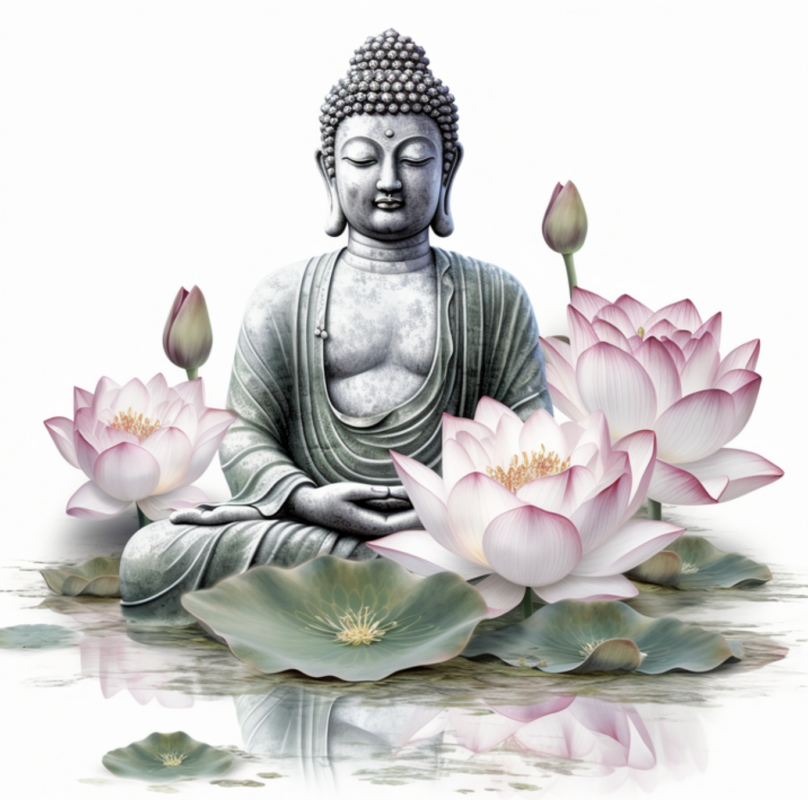Meditation
Experience deep meditation through different practices at our center
Please arrive early
At least 10 minutes before the class starts.
We provide all accessories
Including mats, water and tea.
For drop-in guests: $5 per class
And see our special offers below.
Meditation Dhammadana
The pure tradition of buddhist meditation
“Teaching of reality”
We teach traditional meditation. that of reality. For 45 minutes, we explore the breath, its journey, the sensations of the breath, to finally begin to feel, starting from the top of your head, the sensations that travel through the body. sensation of hot, cold, tingling, all sensations, included on all areas of the body. Every day, we offer you a moment during which you can explore your body yourself.
To keep the mind alert, we use the sound of singing bowls. For 45 minutes, it defines your intensity in the practice, and helps concentrate. It’s very powerful when you’re inside.
Vipassana
Dharma
Vipassana meditation is a Buddhist practice that has several important foundations. Here are the Buddhist foundations of Vipassana meditation, as well as some information on associated terms:
1. Vipassana: Vipassana means “seeing things as they really are.” It is a meditation technique used by Siddhartha Gautama, the Buddha, to achieve enlightenment. Vipassana meditation involves carefully observing physical and mental sensations in order to develop a deep understanding of oneself and the workings of the mind.
2. Samadhi: Samadhi is a deep meditative state of consciousness. It is essential in many Indian religious traditions, including Buddhism, for achieving concentration and mental clarity. Samadhi is cultivated through different methods of meditation.
3. Sila: Sila is moral conduct in Buddhism. This is an essential foundation for the practice of Vipassana meditation. Following the code of discipline, which includes ethical and behavioral rules, is important for developing a solid foundation for meditation.
4. Panna: Panna, also known as Prajna or Wisdom, is a fundamental concept in Buddhism. It refers to the deep understanding of the true nature of things. Vipassana meditation aims to cultivate this wisdom by observing sensations and developing mental clarity.
In summary, the Buddhist foundations of Vipassana meditation include the practice of careful observation of physical and mental sensations, the development of Samadhi to achieve concentration, adherence to the ethical code of conduct (Sila), and the cultivation of wisdom ( Panna). These elements are essential for developing mindfulness and a deep understanding of oneself and how the mind works.
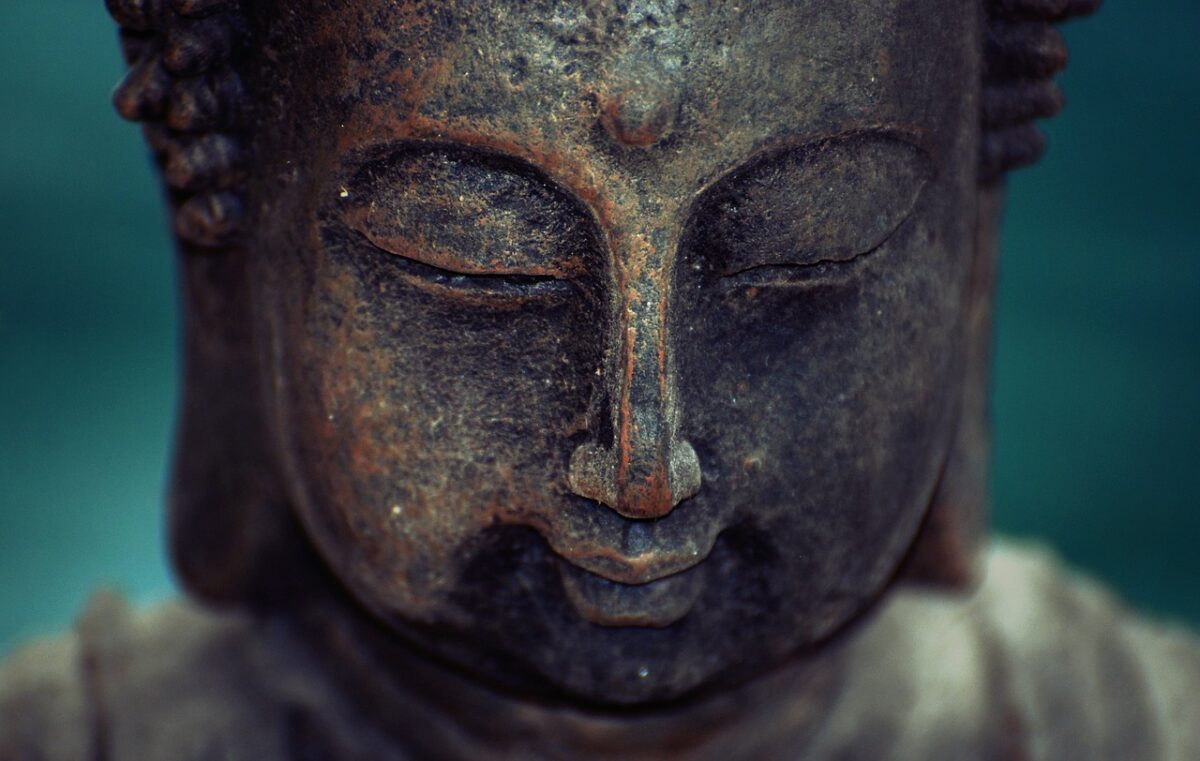
The path to Samadhi
Meditation singing Bowls
THE PURE TRADITION OF BUDDHIST MEDITATION
teaching of reality
In Buddhist practice, singing bowls are used as a support for meditation, trance induction and prayer. Calming sound is one of the most ancient energy shifting tools, a singing bowl is a wonderful tool for meditation, stress reduction and holistic healing.
Singing bowls have a long history of use in East Asian cultures and have been used for much more than well-being in traditional contexts and spiritual practices. Many sound therapy practitioners identify singing bowls because of their potential roots in Buddhist prayer and meditation in Southeast Asia and Cambodia.
There are many studies on the benefits of meditation, to relieve pain in joints, muscles and shoulders, digestive system, headaches and migraines.
improve circulation, release tension,
reduce blood pressure and stress!
The vibrations of the bowls act on the mind and body. Game sounds impact brain waves to induce relaxation.
Ānāpānasati
Ānāpānasati (āna-apāna-sati, word pāli) means attention to the breath.
In Theravada Buddhism, the breath is the most common meditation object when it comes to calming the mind, by practicing meditation “samatha bhavana”. Breath is always present in any living being, and this phenomenon is sometimes consciously, sometimes not, which seems to be the two reasons for its popularity.
Attention to the breath is also popular in the practice of “Vipassana” meditation. For example, Mahasi Sayadaw uses attention to the movements of the abdomen due to breathing as the starting point of vipassana meditation, without seeking a particular concentration (Dhyāna). However, ānāpānasati is the technique to access the altered states of consciousness that are the Dhyanas.
Our teachers guide you through improving your meditation practice with such methods as Pranayama (breathing), wakling or dancing meditation, Yoga Nidra. Each teacher will share their experience and dialog with you on your preference and tailor with you a way to reach that inner peace.
Meditation works, we are beyond proving that this is one of the few practices which naturally appeases our mind, rewires is potentially, helps us better ourselves, helps us take better decisions. There are many benefits to be gained, and it really takes minutes of your day to get there.
Some of the techniques we teach

Vipassana
Just as we use physical exercises to improve our bodily health, Vipassana can be used to develop a healthy mind. It focuses on the deep interconnection between mind and body, which can be experienced directly by disciplined attention to physical sensations. In this class we give students a focal point to return to when their minds wander by reminding them to turn their attention to their breath periodically. All those who try it will find Vipassana to be invaluable to achieve and share real happiness with others.
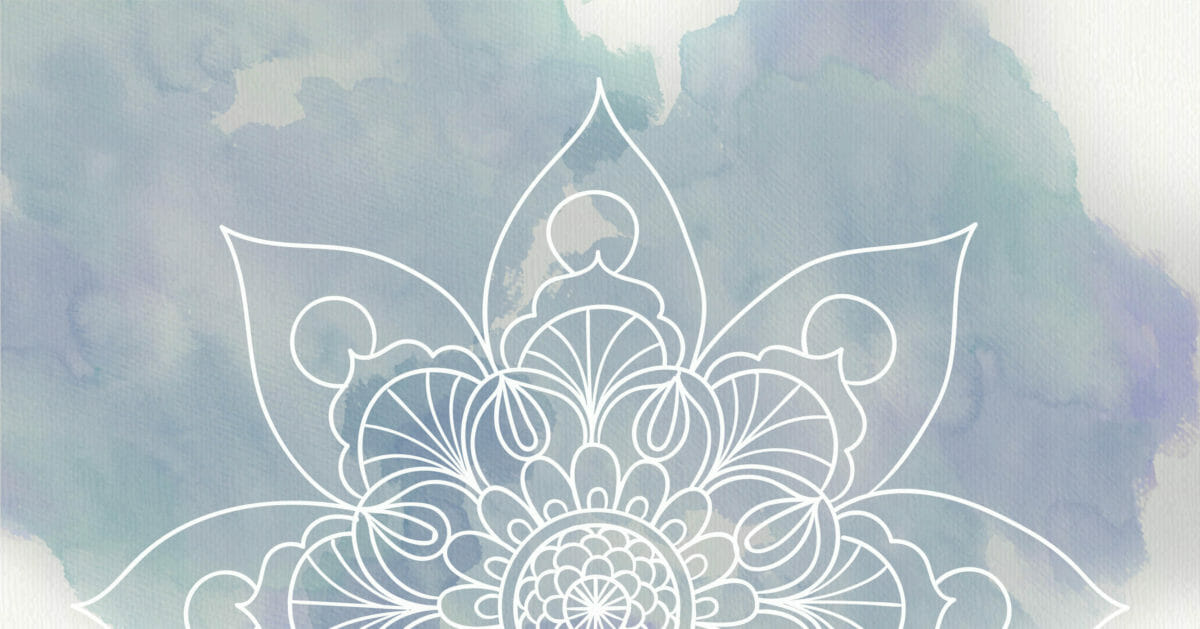
Yoga Nidra
Yoga nidra is a practise of experiencing “Yogi Sleep”, its a state of mind where your are fully conscious whilst being fully relaxed. It is said that one nidra practice equals 4 hours of sleep. Yoga nidra promotes deep rest and relaxation that isn’t found in your average meditation practice. It is practised by lying down on a mat and using as many props, pillows or other mats, as necessary and by listening to the teachers voice.
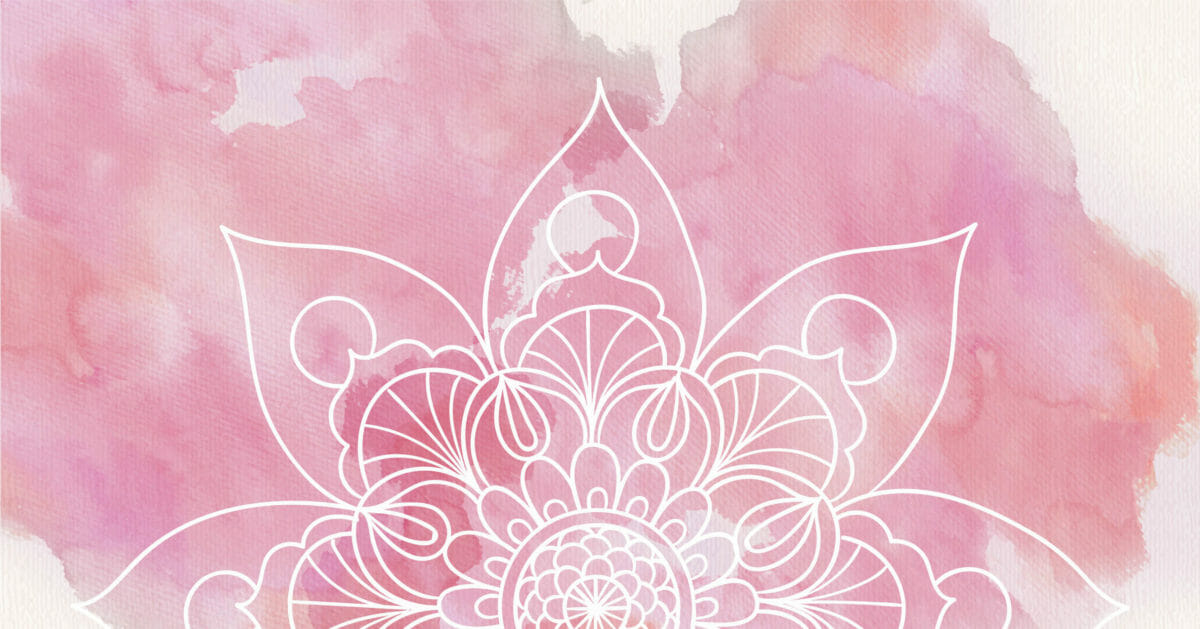
Zazen
Taken by its name, Zazen is a seated meditation practice, which is generally done sitting on a pillow, mat or on a chair. It is of importance to keep the right posture, in this case a completely straight back, and you may do so by using further support from additional pillows. In this practice, however, eyes are generallly kept open to avoid drowsiness. Like many meditation, it is focused on breath, some chanting and buddhist teachings. Zen meditation will get easier over time, as it’s a discipline that can be learned with practice.
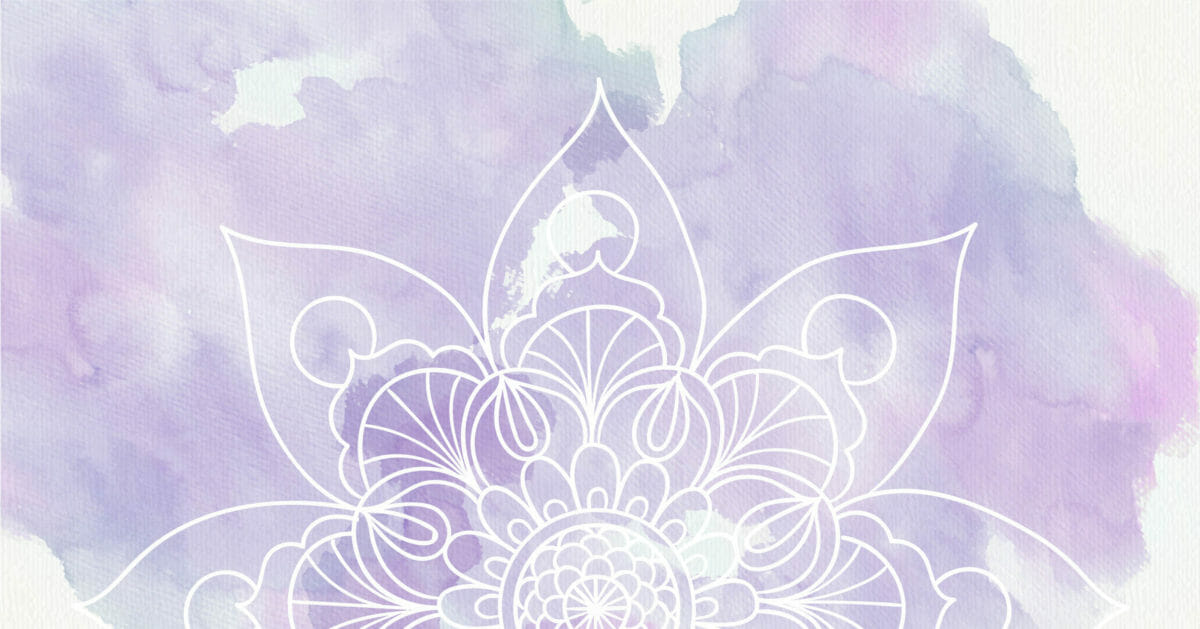
Mantra meditation
Mantra meditations are usually started by chanting an Om, the sound of the universe, before turning to your own set intentions and mantras. To get into the meditation, some people prefer to chant their mantra, others continue silently.
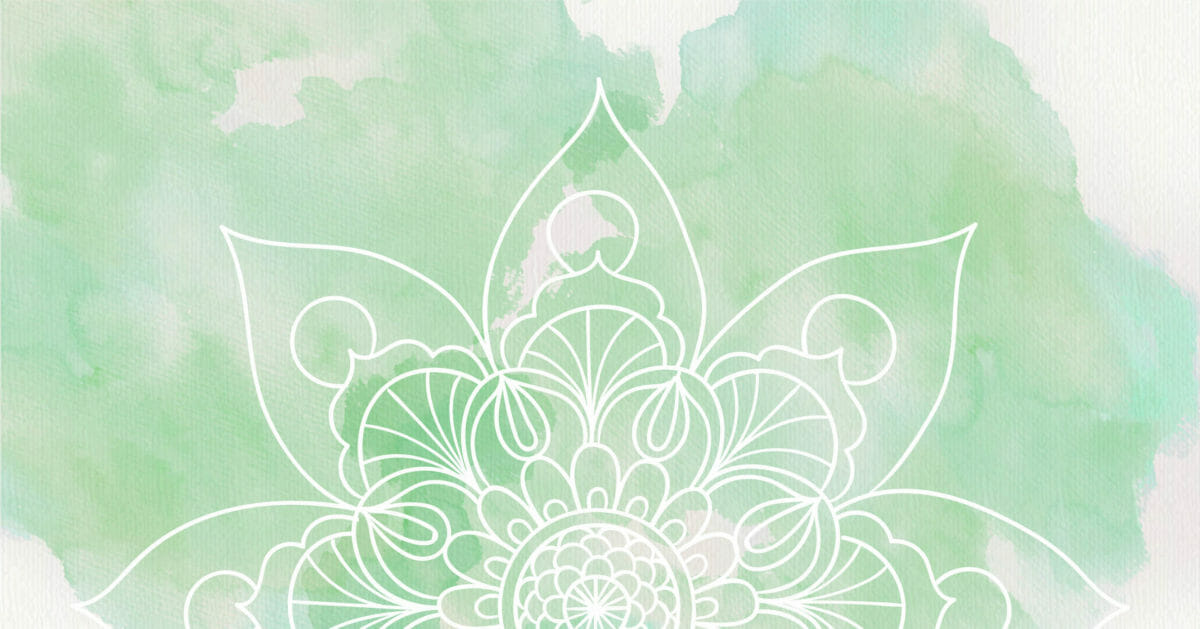
Kundalini meditation
An uplifting blend of spiritual and physical practices, Kundalini Yoga incorporates movement, dynamic breathing techniques, meditation, and the chanting of mantras, such as Sat Nam, meaning “truth is my identity.” The goal is to build physical vitality and increase consciousness. Kundalini is an energy that lies around the bottom of your spine and can be awakened (It is often visualised as a snake). People can have an energy shift that awakens levels of perceptions and activate chakras for a while.

Metta meditation
Also knows as a loving-kindness meditation. Metta is first practiced toward oneself, since we often have difficulty loving others without first loving ourselves. After a period of directing loving-kindness toward yourself, bring to mind a friend or someone in your life who has deeply cared for you. As you continue the meditation, you can bring to mind other friends, neighbors, acquaintances, strangers, animals, and finally people with whom you have difficulty.
Send us a message to book your session
Or ask our reception during your visit

